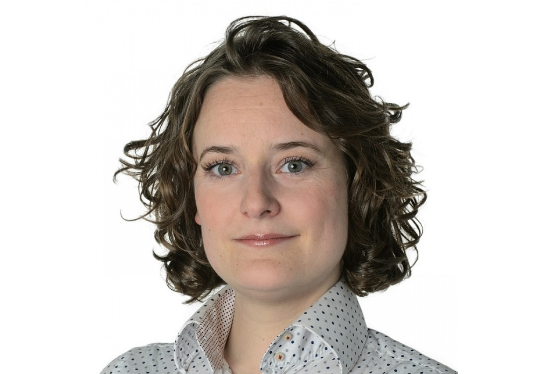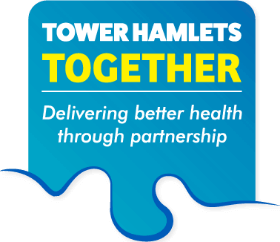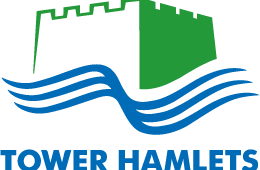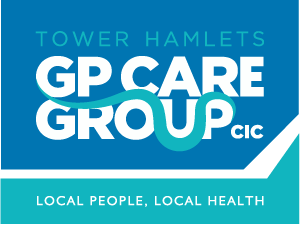Amy's Monthly Briefing - November 2019
The borough’s vision of a seamless health and care experience for its citizens.

This month I was pleased to join the North East Locality Health and Wellbeing Committee (LHWC) meeting, to share the Board’s priorities and hear about the important work happening in their patch to transform health and care for local people.
This month I was pleased to join the North East Locality Health and Wellbeing Committee (LHWC) meeting, to share the Board’s priorities and hear about the important work happening in their patch to transform health and care for local people. It was fantastic to see a wide range of partners round the table and hear the energy and enthusiasm for working in different, more joined up ways. We’re inviting all the LHWCs to our December Board and I can’t wait to hear more as these really are the engine room for making integration happen.
Along with other Board members, I also attended the Royal London and Mile End Hospitals “Cabinet” of their senior leaders, to present on why THT matters, what we’re proud of and what more needs to change. We were really pleased to hear strong buy-in from the Barts leadership to our borough-based partnership, not least to help tackle the very high demand at the Royal London, from A&E through to inpatient beds and discharge.
Our November Board had a packed agenda as ever. First up we heard from Carnall Farrar who have been commissioned across the three WEL boroughs to develop strategic plans for out of hospital care. Their goal is to build on the strong work already underway in Tower Hamlets and propose refined care models and priority next steps to take us to the next level of frontline integrated care. The Board expressed some concern about the degree of bottom-up work that has happened to date, to ensure the final plan reflects the local reality and can be fully owned throughout the system - from the Board to the primary care networks. The life course approach, inclusion of prevention and proposed care model for children and young people was particularly welcomed. The Board wanted to see more work on the finances and stronger reflection of social care, mental health and existing THT priorities. More work will now happen to interrogate the care models (the “what”) to align them with our existing approaches and focus on concrete next steps (the “how”).
For this month’s user voice item, we heard from the team working on a system-wide engagement plan to strengthen our approach to putting people at the heart of our work. They presented mapping of activity across all six partners and their analysis that the infrastructure and resourcing of patient and public engagement are not as strong as they should be, resulting in a mixed bag of practice, though there is some “magic” happening locally. We also heard about the positive impact that strong user engagement has on staff satisfaction, as well as the benefits for local people and services. The Board warmly endorsed their proposals to ramp up the pace of this work, focus on consistency across the system in the short term and introduce more creative forms of participation in the longer term.
We heard an update on the process for System Intentions (previously commissioning intentions) at both WEL and THT level. We are striving to align these as much as possible to avoid duplication or confusing processes. WEL’s 10 priorities are:
1. Outpatient and pathway redesign; 2. Urgent and emergency care; 3. Mental health; 4. Long term conditions 5. Maternity, children and younger people 6. Ageing well 7. Surgical and neuro-rehab services 8. Out of hospital/borough based plans 9. Integrated primary and community services 10. Capital - improving our estate
The spotlights this month were on the Born Well, Growing Well (BWGW) workstream and Estates enabler group. BWGW are focussed on preparing for the system intentions process and the imminent SEND local area inspection, where strong partnership will be key. Current challenges include programme management support and improving user voice in the workstream. The new Every Chance for Every Child 0-19 strategy [here] was also launched setting out the partnership’s priorities for children and young people.
The Board also heard some exciting ideas on how to move to “one public estate”, including making the most of our collective buildings and spaces for integrated services and co-locates teams, enabling more flexible use of offices and hot-desking for our workforce, and asking the Joint Commissioning Executive to explore options for more place-based commissioning.
At next month’s Board, I’m looking forward to spotlight sessions on the LHWCs, the new Health & Wellbeing Strategy, care coordination and the OD & workforce workstream. It will be my last Board before I’m due to have a baby so I’ll be leaving things in the capable hands of our Vice-Chair, Richard Fradgley, for January and February!








